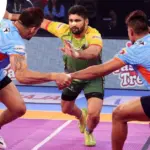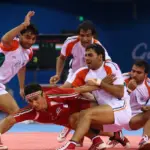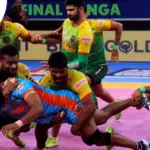In the steadily developing landscape of sports, each new competition carries with it a feeling of expectation and energy. The debut Kabaddi World Cup, held in 2004, was no special case. Rising up out of its South Asian roots, kabaddi had its spot on the worldwide stage with a competition that exhibited the sheer physicality of the players as well as the rich social legacy behind this invigorating game.
This article digs into the notable occasion, featuring its importance, the standout players who made a permanent imprint, and the getting through inheritance it produced.
The Birth of the Kabaddi World Cup
The possibility of a Kabaddi World Cup was considered to provide a global stage for a game that had, up to that point, remained generally local. Kabaddi, a contact group activity that started in old India, includes two groups alternating sending a “raider” into the rival’s half, endeavoring to tag however many defenders as could reasonably be expected and return securely to their side. With its mix of system, strength, and dexterity, kabaddi has spellbound crowds across South Asia for ages.
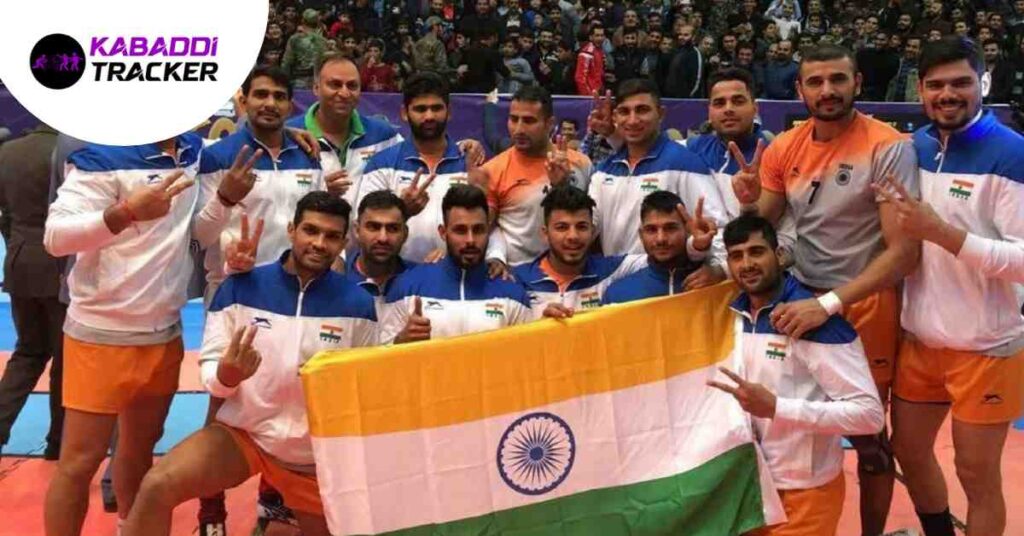
The 2004 Kabaddi World Cup, facilitated in India, denoted a defining moment in the game’s set of experiences. It represented the game’s yearning to rise above social limits and become a worldwide peculiarity. Groups from different nations, including India, Iran, Pakistan, South Korea, and more, met up to seek the title of the world’s best kabaddi crew.
A Glorious Display of Skill and Passion of Kabaddi World Cup
Also Read – Who is the king of Kabaddi?
The competition not just displayed the monstrous actual prowess of the players yet in addition their immovable commitment to a game profoundly implanted in their particular societies. Groups prepared thoroughly, sharpening their systems and culminating their procedures. Matches were serious, with each player on the court showing wonderful readiness, strength, and fast reasoning. The World Cup was a demonstration of the way that kabaddi demanded both individual splendor and consistent cooperation.
The format of Kabaddi World Cup
The competition was played in a cooperative organization, with each group playing each other once. The best two groups from each gathering progressed to the semi-finals. The victors of the semi-finals contended in the last, while the failures played in the third-place match.
The matches of Kabaddi World Cup
The main match of the competition was played between India and Bangladesh. India dominated the game 43-24. The other matches of the gathering stage were additionally won by India, as well as Iran and South Korea.
The main two groups from each gathering, India and Iran, progressed to the semi-finals. The semi-finals were played on the last day of the competition. India crushed South Korea 43-27, while Iran crushed Malaysia 40-28. The last was played between India and Iran, with India winning 55-27 to guarantee the title.
Players Who Got everyone’s attention
Raju Lalchandani (India): In charge of the Indian kabaddi contingent, Raju Lalchandani’s presence was not only a demonstration of his uncommon playing skills yet in addition to his initiative discernment. As the skipper, he guided the group with a mix of involvement and young energy, really marshaling his colleagues on and off the mat. Lalchandani’s momentous raiding abilities turned into the foundation of India’s outcome in the competition.
His raids were portrayed by lightning-quick developments, vital astuteness, and an uncanny capacity to survey guards in a moment. His nimbleness and capacity to outsmart defenders left rivals hooking to contain his advances. Throughout the competition’s six matches,
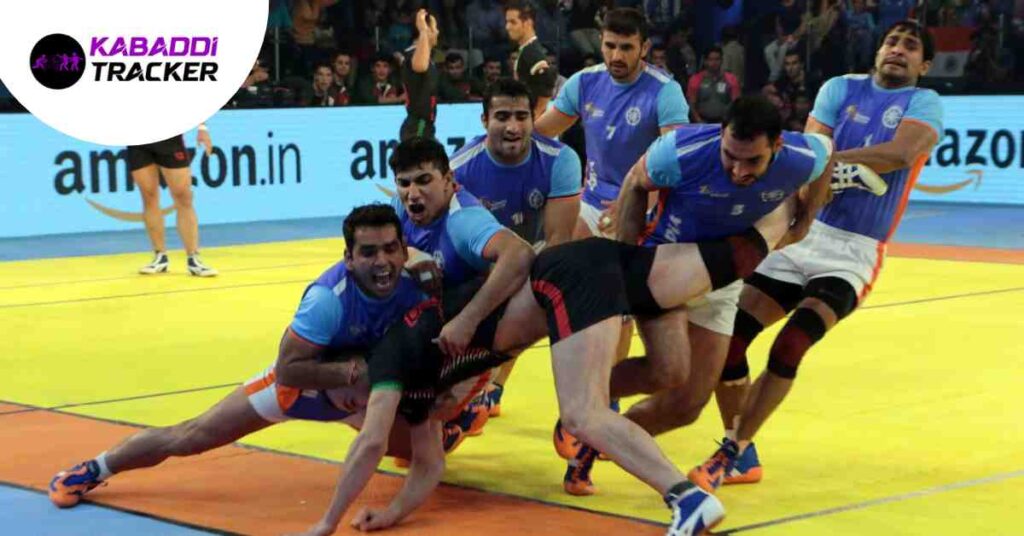
Lalchandani amassed a stunning all out of 119 focuses through his raids alone. His predictable exhibitions were completely dazzling, setting his situation as one of the competition’s top raiders and acquiring him awards from fans and specialists the same.
Jaswinder Singh (India): In the cauldron of kabaddi, protection is a workmanship as urgent as offense, and Jaswinder Singh proved to be an expert in this field. Eminent for his cautious prowess, Singh’s commitments were priceless to India’s mission in the Kabaddi World Cup. His capacity to peruse the adversary’s raiding systems and execute accuracy handles was instrumental in reversing the situation of many matches.
Past his protective abilities, Singh showed a great adaptability that put him aside. While he succeeded in ruining restricting raiders, he likewise exhibited his raiding abilities when the circumstance demanded. In only six matches, Singh collected a great 68 focuses, proving that he was a solid defender as well as a strong raider when the group required a hostile flash.
Naveen Kumar (India): The Kabaddi World Cup of 2004 was a stage that provided a brief look into the fate of the game, and Naveen Kumar arose as a sparkling star on that skyline. Blasting onto the kabaddi scene with energy and pizazz, Kumar’s dynamic raiding style left onlookers and adversaries the same hypnotized.
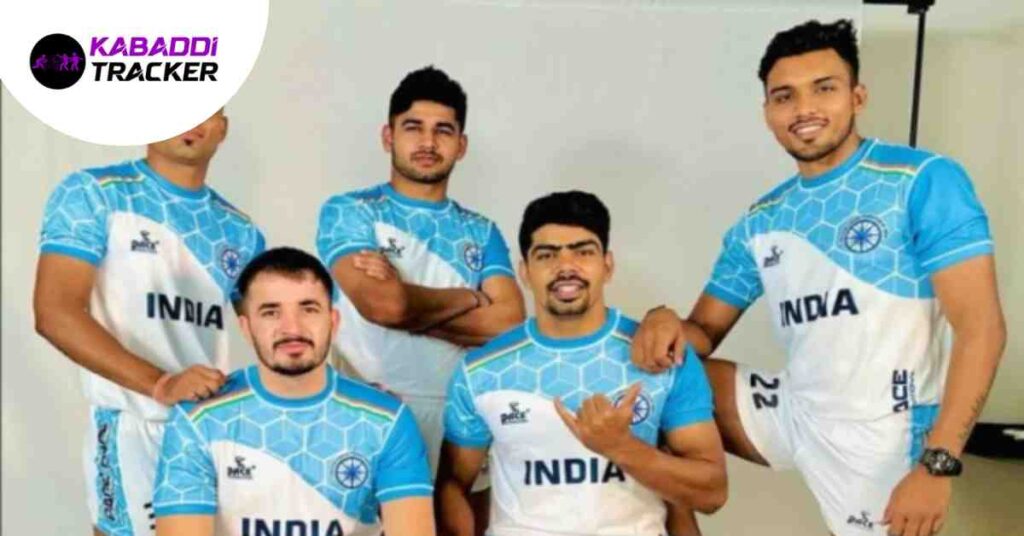
His raids were set apart by a combination of speed, readiness, and a profound understanding of his rivals’ shortcomings. Kumar’s capacity to outsmart defenders in high-pressure circumstances exhibited his psychological grit and versatility. With a sum of 58 focuses gathered from his six matches, Kumar contributed essentially to India’s mission as well as alluded to the massive potential that lay ahead in his kabaddi journey.
Fazel Atrachali (Iran): Driving the Iranian group’s cautious charge, Fazel Atrachali’s exhibition in the competition hardened his standing as one of the best defenders on the kabaddi circuit. As the chief of the Iranian crew, Atrachali’s presence on the mat radiated power and certainty.

His protective abilities were out and out a display, as he executed handles with accuracy, timing, and sheer assurance. Atrachali’s capacity to peruse raiders’ developments and expect their procedures allowed him to ruin their endeavors reliably. All through five matches, he aggregated a great 35 focuses through his guarded endeavors alone, highlighting his urgent job in Iran’s journey through the competition.
Hadi Tajik (Iran): In the world of kabaddi, an effective raider has a special mix of actual prowess, smartness, and spryness. Hadi Tajik of Iran exemplified these characteristics in the Kabaddi World Cup of 2004. Tajik’s raids were described by their determined approach, as he took advantage of the smallest holes in contradicting safeguards to score critical focuses.

Also Read – List Of Kabaddi Academy in India
His capacity to quickly penetrate adversary lines and label defenders displayed his nimbleness and key reasoning. With 39 focuses gained from his five matches, Tajik arose as a main impetus behind Iran’s raiding techniques, contributing essentially to his group’s overall presentation.
In the woven artwork of kabaddi history, these players of the primary Kabaddi World Cup added energetic strings that keep on impacting the game’s direction. Their authority, abilities, and exhibitions on the mat enlightened the competition, leaving a getting-through heritage that motivates both prepared players and hopeful gifts to push the limits of what is conceivable in the elating world of kabaddi.
The Elements of the Competition of Kabaddi World Cup
The primary Kabaddi World Cup acquainted another aspect of the game by taking on a hard court rather than the customary mud court. This alteration added a component of genuineness and force, pushing players to adjust to the harder surface while exhibiting their dexterity and procedure.
With matches enduring just 20 minutes, the competition took on a speedy organization that kept observers as eager and anxious as ever. This time imperative uplifted the need to keep moving, expecting groups to go with split-subsequent options and exploit each an amazing open door.
The Spectator and Broadcast Impact of Kabaddi World Cup
The competition’s prosperity stretched out past the bounds of the court. The last match, a standoff between India and Iran, drew a shocking horde of north of 10,000 observers – a historic accomplishment for a kabaddi occasion at that point. This participation addressed the developing worldwide interest in the game and the tangible fervor produced by the Kabaddi World Cup.
Telecasters perceived the capability of the competition also. The last match was broadcast live in India on the Star Sports organization, really radiating the energizing activity into a huge number of homes the nation over. This far and wide inclusion essentially added to the rise of kabaddi’s profile, cementing its situation as a thriving game on the worldwide stage.
Mentors and Authority of Kabaddi World Cup
In the background, the authority of the groups assumed a significant part in forming the competition’s story. Raju Lalchandani, the commander of the Indian group, displayed his raiding prowess as well as driven his group with an essential outlook and an inspiring presence. His joint effort with mentor Ramesh Chander Lakra, a prominent figure in Indian kabaddi circles, proved instrumental in tackling the group’s true capacity and directing them to triumph.
His organization with mentor Mohsen Mollaghasemi, himself a previous Iranian kabaddi player, provided the Iranian group with a balanced approach that reasonably specialized proficiency with key bits of knowledge.
Pioneering Sponsorship and Recognition of Kabaddi World Cup
The progress of the primary Kabaddi World Cup was a demonstration of the cooperative endeavors of the Indian government and the Global Kabaddi League (IKF). Their sponsorship guaranteed the competition’s smooth execution as well as highlighted their obligation to support and promote kabaddi on a worldwide scale. The occasion’s prosperity further touched off conversations about kabaddi’s true capacity as a standard game, making way for its proceeded development.
The principal Kabaddi World Cup of 2004 rose above its job as a simple competition; it denoted the origin of Kabaddi’s journey towards worldwide recognition.
